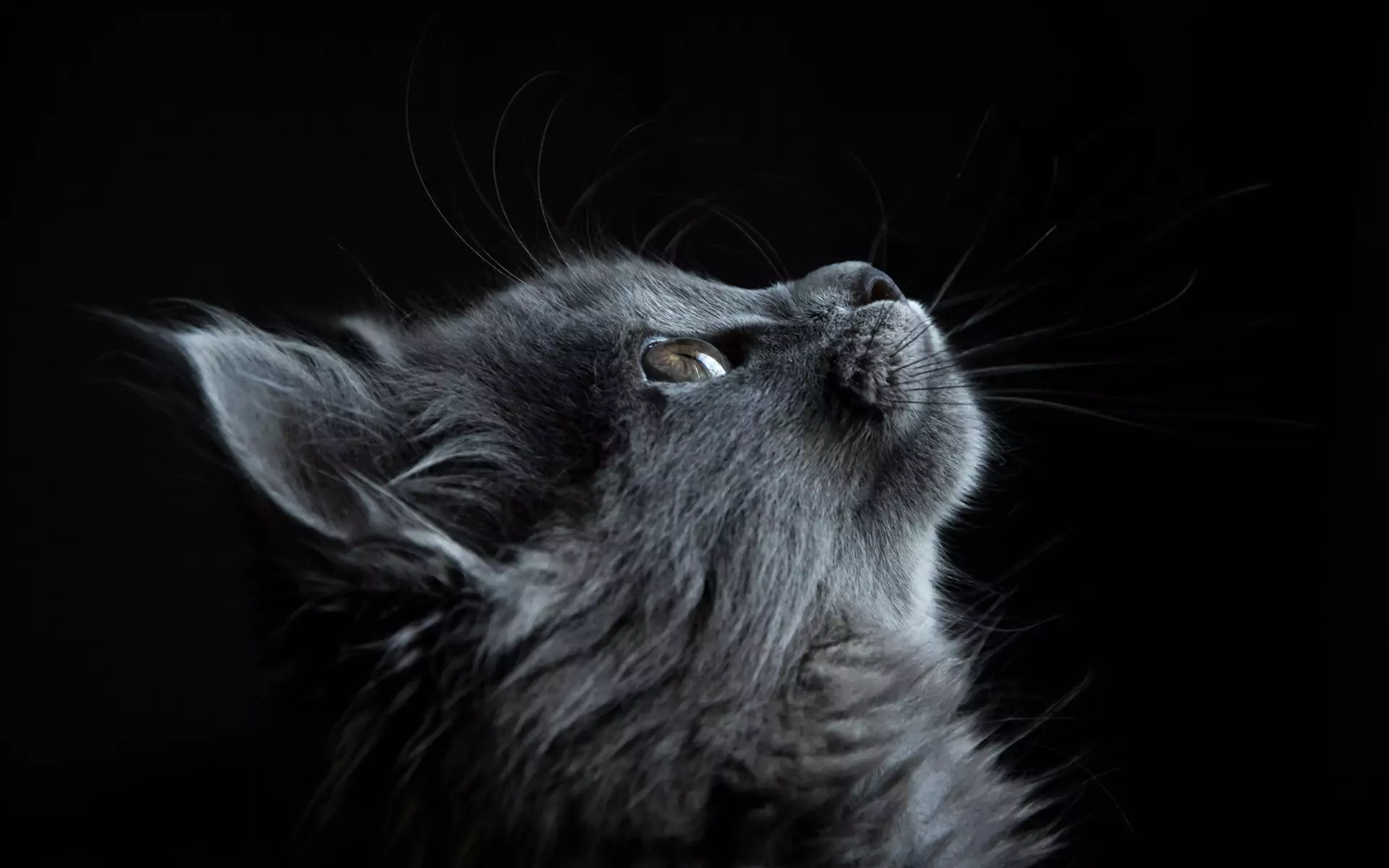You need 2 qualities to train a cat: patience & technique. The training will proceed even more smoothly if you reward your cat for picking up a trick. Commands like sit, down, come here, go in and others normally associated with dogs, can be inserted in your cat's psyche with ease if you know how to train your cat
This clicker method is by far the most common and useful way of training a cat. A clicker is a small plastic device that makes a sharp clicking sound when pressed. What you want to do is associate the 'click' sound with a reward, usually food. While the result may not be immediate, your cat will gradually begin to anticipate a delicious bit of food coming its way after the click. This 'reward' should be imparted only after the cat has performed the desired action.
You should initially start in a quiet place, and bring the food that your cat loves most. Make certain that your cat understands the click-treat association. Now you can take up the desired action -- one lesson at a time, for not more than 6-10 minutes at a stretch.
Let's take the action of 'Sit' as an example. You can start by gently pushing your cat down in the sitting position, accompanied by the verbal clue 'Sit'. When the cat has stayed in the sitting position for a long enough time, you can give it the reward. However, if this pushing action does not work, you can maneuver your pet to automatically sit down by holding a treat in your fist, then positioning your hand over the cat's head and moving it backward until it naturally sits down.
In this way you can train your cat to sit, lie down, stay in a position for a long time or even respond to your calls. To get your pet to identify its own name, you can ask a few friends to assist you; sit in a circle or in different parts of a room and call out to the cat by its name. When it approaches, reward it with a click and then a treat. It's as simple as that.
So aquire yourself a clicker kit and get started today!
Remember, that it is far easier to train kittens rather than adult cats because habit patterns are far more developed in adult cats.
